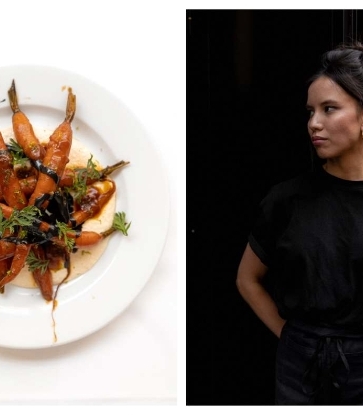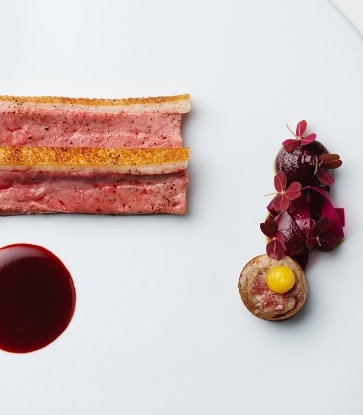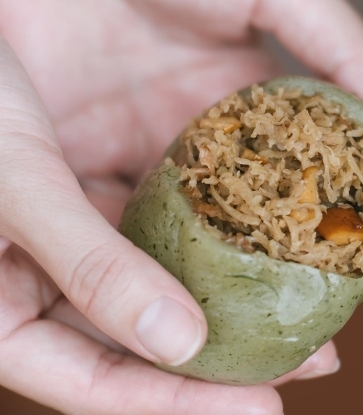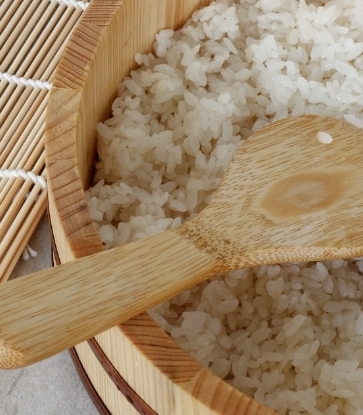There are 16 indigenous tribes in Taiwan officially recognised by the Taiwanese government. Most of them are based in Hualien, Taitung, Nantou and Chiayi. Every aspect of the indigenous people’s daily life relies on the nature. Over time, they have developed a system of farming and gathering among the mountains. In doing that, a lot of the seeds of the native species have been preserved. These ingredients beautifully encapsulate the aura of the region and form the basis of the creative cooking prepared by the locals.

Indigenous ingredients in Taiwan are marked by their diversity. Depending on the latitude where they are grown, the species display very distinctive characteristics. Even being a native Rukai tribesman, Peng still had to reach out to other families, friends and respected figures of the tribe to learn about certain ingredients and how to use them. Here, he introduces the
What’s known to the indigenous people as tana has another nickname “birds don’t step”, due to its thorny back side. Cooks use them primarily as an aromatic alongside ginger and Sichuan pepper. The leaves can be stuffed inside fish to get rid of the fishiness and elevate the flavour. Double-boiled chicken soup is another dish which utilises the leaves.
Tana plant also boasts high medicinal value and has been regarded as a medicine since ancient times. The bark, root, leaf and fruit all have different uses. In addition, the tana leaf has five times as much dietary fibre as sweet potato leaf. One-third of a plate of the leaves has the same amount of calcium as a glass of milk.
Inspired by tradition, Peng turns tana into a green paste to cook with fish or drizzles olive oil with minced tana on top of grilled fish, as the heat would allow the peppery notes of the leaves to quickly penetrate the fish. Tana seeds, too, can be part of the chef’s repertoire. Less pungent than the leaves, the seeds possess the scents of lemon, clove and jasmine, which come through even more when they are dried. Peng uses the seeds in desserts, as they add a special aroma to his pineapple sauce.

Maqaw has become an obsession of Western chefs in Taiwan and chefs visiting the island, all because of its wonderful fragrance.
Also known as mountain pepper, maqaw is native to Taiwan and adapts well to different habitats — it can grow at places from 100m to 1,500m above sea level. The tribes Atayal and Saisiyat are among the first to use it in cooking. The simplest application is to crush the peppercorns and immerse them in water to cure hangover. The green maqaw berries turn black when dried, taking on strong scents of ginger and lemongrass. They can give extra mileage to the most average dish. Pastel yellow maqaw flower, which comes into season in spring, is also a fragrant agent suitable for cooking.
Peng says maqaw is interchangeable with pepper, making it handy in a lot of situations. He steeps the peppercorns in oil, uses them as condiment or mixes them with other spices as a marinade. Be it appetiser, main course or dessert, from meat, fish or chocolate, there’s almost nothing that doesn’t work with maqaw. “Maqaw itself has a distinct ginger taste. If you add ginger to a bit of white pepper, star anise and Sichuan pepper, and mix them together, you’d get maqaw. Its aroma is so complex that it’s like mixed spice on its own, and it goes well with so many foods. There’s a lot of room for experimentation,” Peng says.

Herbal Aralia
Herbal aralia is typically grown on the mountainous region of central Taiwan from 1,800m to 2,800m above sea level. The whole plant is edible, and the root and stalk are used for medicinal purposes. The tender leaves have a perfumed smell. That’s why the indigenous people use them to make dishes like stir-fried egg and soup. Peng says the fragrance of herbal aralia is one of a kind. He sometimes uses it to smoke silky fowl on charcoal fire, so the plant imparts its aroma onto the meat. It can also be dried and mixed with other spices.
Indigenous Cinnamon
Thriving in the low-altitude area between 400m and 1,200m above sea level, the broad-leaved indigenous cinnamon tree is native and exclusive to Taiwan. Since the 1980s, it has been seen as the substitute for cinnamon. Its bark, branches and leaves have a high concentration of essential oil, in which the leaves contain five times more essential oil than the bark.
Unlike imported cinnamon, which is mostly in dried bark form, the leaves of indigenous cinnamon are more commonly used, as they contain cinnamaldehyde, a major component of the plant which is an effective bacteria killer and natural preservative. The leaves can be used to make soup, tea and dessert.
Peng mostly cooks with indigenous cinnamon leaves and seeds. The latter carries notes of fennel and a little bit of pepper. The subtle heat is wonderful for marinating native venison and goat, adding depth and herbal aroma to the meats.
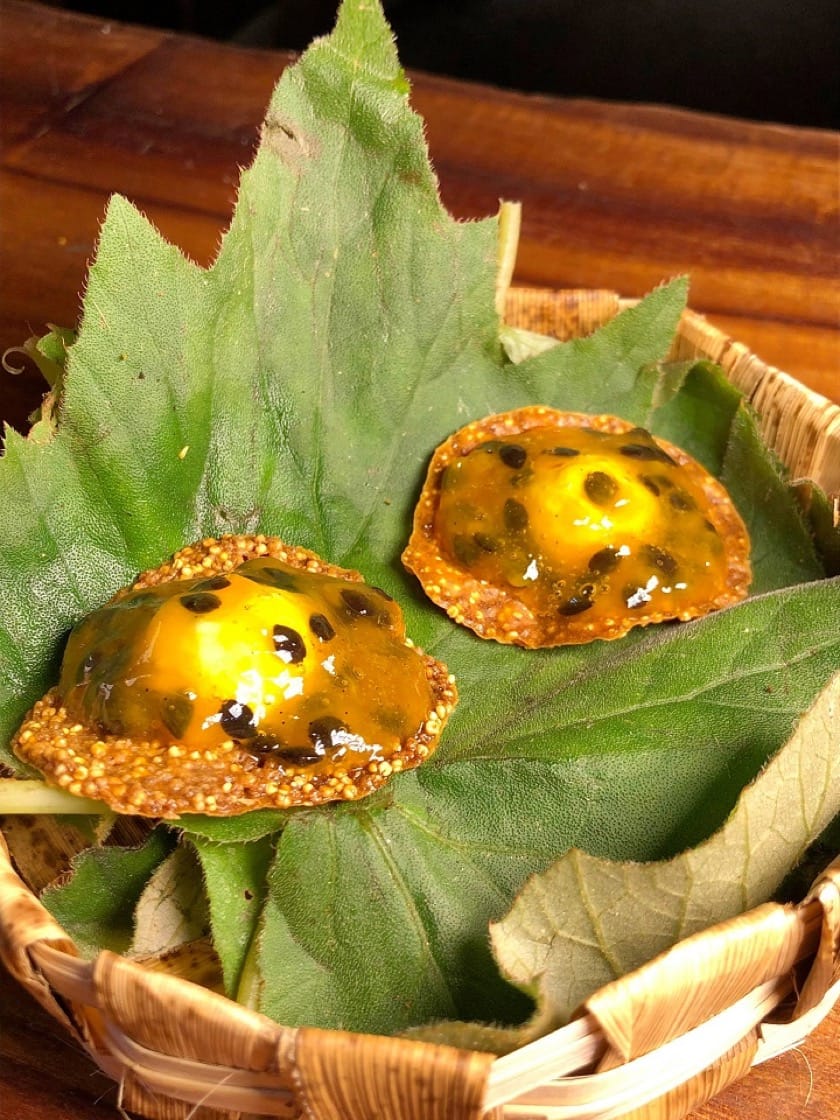
Large-leaved nanmu trees can only be found among the low-attitude areas in Taiwan, mostly along streams and in humid valleys. Its bark is the raw material for incense and mosquito coil. The spherical fruit is a treat for squirrels and birds. Based on observing the animals, the Rukai people found out it is edible. Rather than eating it fresh, however, they often dry the fruit and grind it up. Like a natural MSG (monosodium glutamate), it elevates the flavour of various dishes.
Peng comments that powdered large-leaved nanmu fruit has a light almond taste and saltiness similar to seaweed. It works well for marinating pork. He likes to mix it with maqaw and other spices to create a rub for meat that will be barbecued.
This article was written by Sabine Chen and translated by Vincent Leung. Click here to read the original version of this story.





